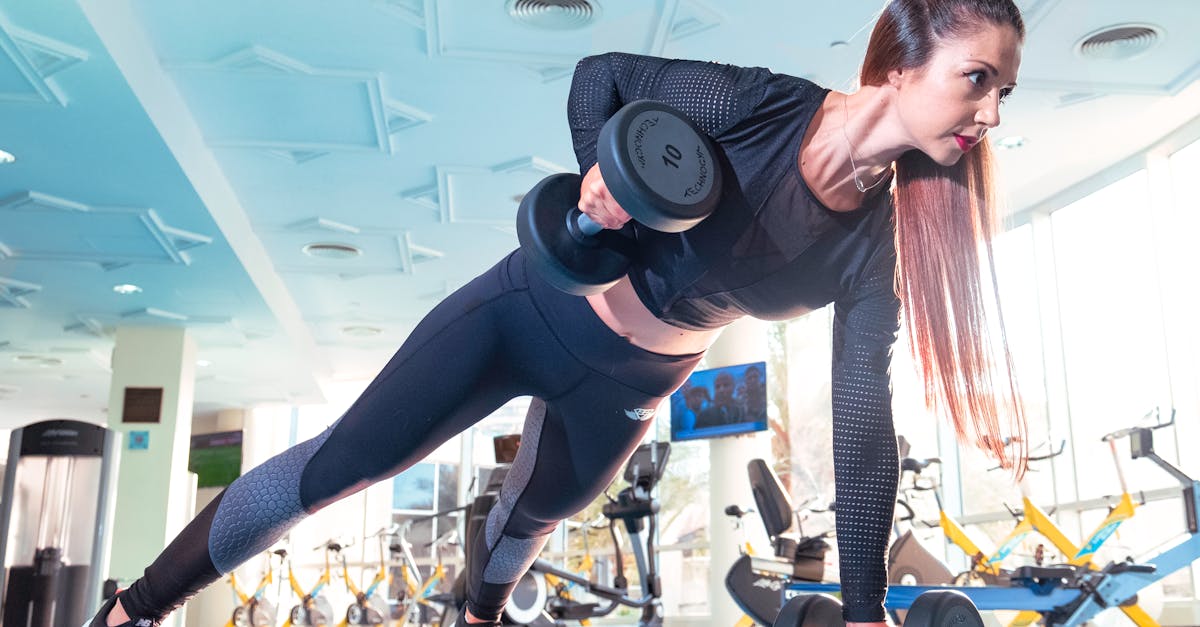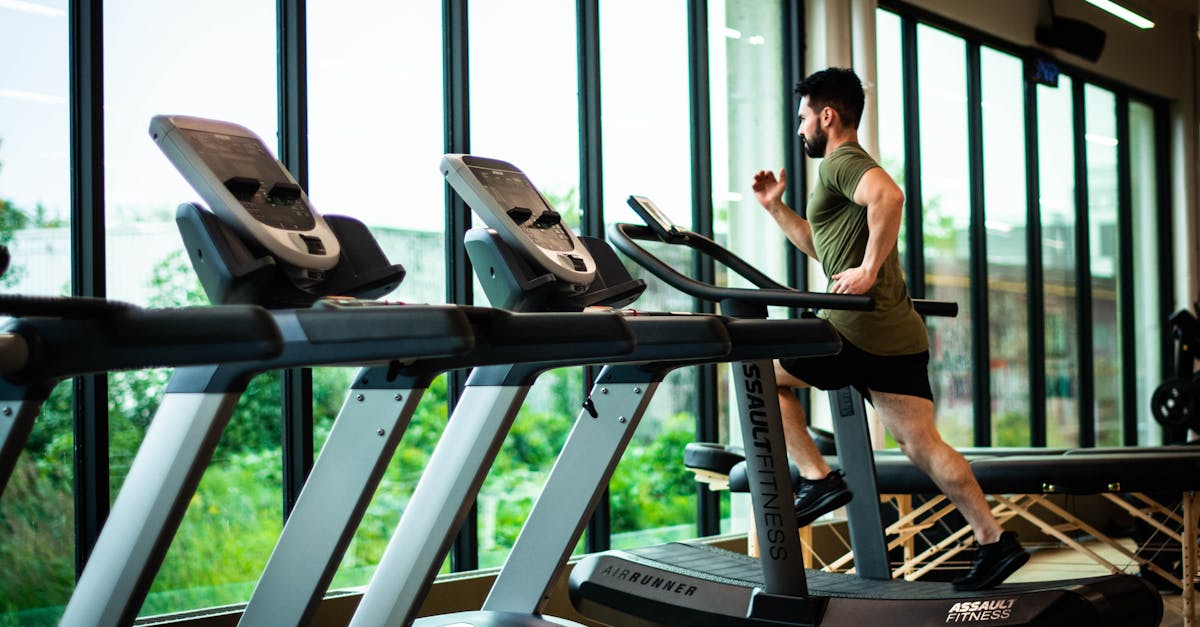Resistance Band Exercises for Hip Flexor: Building Strength and Flexibility
Unlocking Hip Flexor Potential: A Transformative Journey with Resistance Bands

Unleashing Hip Flexor Potential: A Guide to Resistance Band Proficiency
Embark on a journey to unlock the true potential of your hip flexors with the power of resistance bands. Through a comprehensive exploration of targeted exercises, proper form, and effective integration, this guide empowers you to enhance strength, flexibility, and mobility in your hips. Whether you seek to alleviate pain, elevate athletic performance, boost overall fitness, or simply optimize your well-being, resistance band exercises hold the key to unlocking a world of benefits for your hip flexors.
Prepare to delve into a step-by-step guide to eight essential resistance band exercises designed specifically to target your hip flexors. With detailed instructions and expert tips, you’ll master the Standing Hip Flexor Stretch, Kneeling Hip Flexor Stretch, Resistance Band Hip Flexor Curl, Standing Lateral Lunge, Banded hip Flexor Knee Drive, Seated Hip Flexor Stretch, Resistance Band Hip Flexor PNF Stretch, and Banded Hip Flexor Wall Sit. By incorporating these exercises into your fitness routine, you’ll lay the foundation for stronger, more flexible, and pain-free hips.
1. Benefits of Resistance Band Exercises for Hip Flexors
Benefits of Resistance Band Exercises for Hip Flexors: A Path to Enhanced Strength, Flexibility, and Mobility
Embark on a journey to transform your hip flexors with the power of resistance band exercises. These targeted exercises offer a multitude of benefits, empowering you to strengthen, stretch, and stabilize your hips like never before. Prepare to experience the following transformative effects:
-
Enhanced Strength and Flexibility: Resistance bands provide variable resistance throughout the range of motion, effectively challenging and strengthening your hip flexors. Simultaneously, the bands promote flexibility by encouraging a full range of motion, reducing stiffness, and improving overall mobility.
-
Improved Range of Motion and Stability: By incorporating resistance band exercises into your routine, you’ll enhance the range of motion in your hips. This increased mobility translates into better performance in everyday activities, reduced risk of injury, and improved balance and stability.
-
Alleviated Pain and Improved Athletic Performance: Resistance band exercises can effectively alleviate pain caused by tight or weak hip flexors. By strengthening and stretching these muscles, you’ll reduce discomfort and improve overall hip function. Additionally, athletes can harness the power of resistance bands to enhance their performance by improving hip mobility, power, and stability.
2. Step-by-Step Resistance Band Exercises for Hip Flexors

Step-by-Step Resistance Band Exercises for Hip Flexors: A Comprehensive Guide to Eight Essential Exercises
Elevate your hip flexor training with a comprehensive guide to eight targeted resistance band exercises. Each exercise is meticulously explained with step-by-step instructions, empowering you to maximize your results and minimize the risk of injury:
-
Standing Hip Flexor Stretch: Step into the resistance band, holding the ends in each hand. Raise one leg straight up, bending at the knee, and place the band around the bottom of your foot. Pull up on the band and lean forward, stretching your hip flexors.
-
Kneeling Hip Flexor Stretch: Kneel on one knee, placing the resistance band around the top of your other foot. Hold the ends of the band in each hand and lean back, gently pulling on the band to stretch your hip flexors.
-
Resistance Band Hip Flexor Curl: Attach the resistance band to a low anchor point. Hold the ends of the band in each hand and step back, creating tension in the band. Bend your knees and lift one leg up, keeping your knee bent and your thigh parallel to the ground. Slowly lower your leg back down, controlling the movement throughout the entire range of motion.
-
Standing Lateral Lunge: Stand with your feet shoulder-width apart and the resistance band around your ankles. Take a step to the side with one leg and bend your knee, lowering your body until your thigh is parallel to the ground. Push back up to the starting position and repeat on the other side.
3. Importance of Proper Form
Importance of Proper Form: A Foundation for Effectiveness and Safety
Maximize the benefits of resistance band exercises for hip flexors by prioritizing proper execution. Maintaining correct technique is paramount to enhance effectiveness, prevent injuries, and isolate the targeted muscle group. Here are some essential guidelines:
-
Focus on Hip Flexor Engagement: Throughout each exercise, concentrate on contracting your hip flexors and isolating their movement. Avoid compensating with other muscle groups, as this can reduce the effectiveness of the exercise and increase the risk of injury.
-
Maintain Neutral Spine and Pelvis: Keep your spine in a neutral position, avoiding excessive arching or rounding. Additionally, ensure that your pelvis remains stable and level throughout the exercises.
-
Control the Movement: Perform each repetition with controlled and deliberate movements. Avoid using momentum or jerking motions, as these can strain your joints and muscles. Focus on maintaining tension in the resistance band and slowly guiding your body through the full range of motion.
4. Incorporating Resistance Band Exercises into a Workout Routine

Incorporating Resistance Band Exercises into a Workout Routine: A Tailored Approach to Success
Maximize the benefits of resistance band exercises for hip flexors by integrating them effectively into your workout routine. Consider the following guidelines:
-
Frequency and Duration: Aim for 2-3 sessions per week, with each session lasting 15-20 minutes. Gradually increase the frequency and duration as you progress.
-
Progression: Start with a light resistance band and gradually increase the resistance as you get stronger. Choose exercises that challenge you while maintaining proper form.
-
Combination with Other Exercises: Incorporate hip flexor exercises into a well-rounded workout routine that includes exercises for other muscle groups. This holistic approach promotes overall fitness and balance.
5. Additional Tips for Strengthening and Stretching Hip Flexors
Additional Tips for Strengthening and Stretching Hip Flexors: Optimizing Your Journey
Enhance your hip flexor training with these additional tips to maximize results and minimize the risk of injury:
-
Warm-up and Cool-down: Begin each workout with 5-10 minutes of light cardio and dynamic stretching to prepare your hip flexors for activity. Similarly, cool down with static stretches to improve flexibility and reduce muscle soreness.
-
Stretching: Incorporate regular stretching into your routine, focusing on exercises that target the hip flexors. Hold each stretch for 20-30 seconds and gradually increase the duration as you become more flexible.
-
Appropriate Resistance: Choose a resistance band that provides a challenging yet manageable level of resistance. Avoid using excessive resistance, as this can strain your muscles and joints.
-
Question 1: Which of the following is NOT a benefit of resistance band exercises for hip flexors?
(a) Enhanced strength
(b) Improved flexibility
(c) Reduced risk of back pain
-
Question 2: True or False: It is important to use a resistance band that is too heavy when performing hip flexor exercises.
-
Question 3: Which of the following exercises is NOT included in the step-by-step guide provided in the article?
(a) Standing Hip Flexor Stretch
(b) Resistance Band Hip Flexor Curl
(c) Hamstring Stretch
-
Question 4: True or False: Warming up before and cooling down after a workout is unnecessary when performing hip flexor exercises.
-
Question 5: Which of the following is an important consideration when incorporating resistance band exercises into a workout routine?
(a) Frequency
(b) Duration
(c) Resistance level
(d) All of the above
-
Answer 1: (c) Reduced risk of back pain
-
Answer 2: False
-
Answer 3: (c) Hamstring Stretch
-
Answer 4: False
-
Answer 5: (d) All of the above
